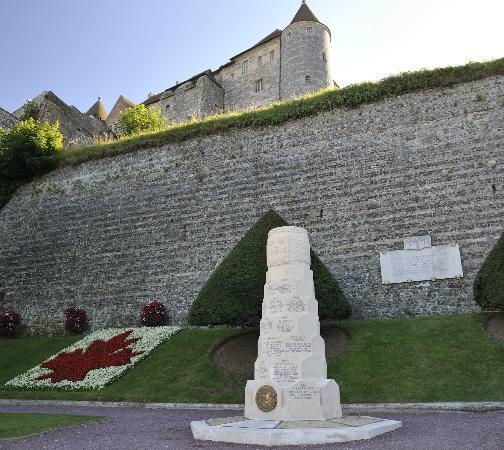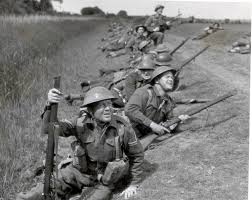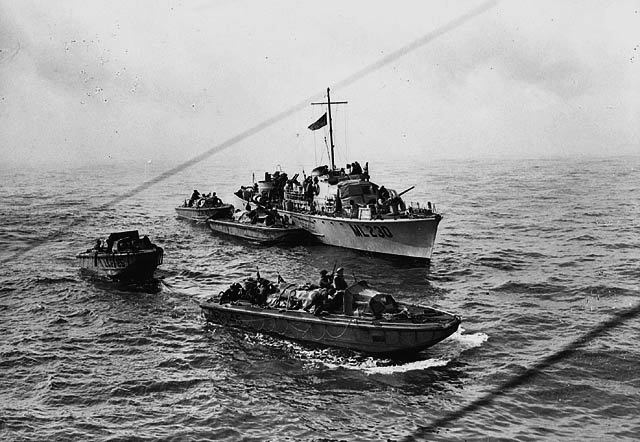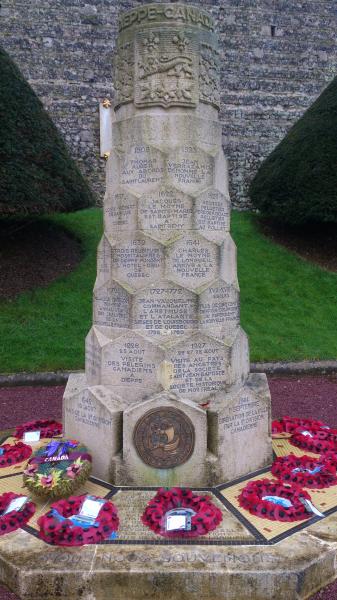Canada’s role in the second world war had been quite remarkable. More than one million Canadians and Newfoundlanders served in the military — more than 45,000 gave their lives and another 55,000 were wounded. For a country of only 11 million people, it was significant.
During the war Canada had taken part in many battles. One of them was the most disastrous of them all. Let’s take a quick look at it.

August 19, 1942.
That was the day when Raid on Dieppe, France took place. For Canadians, it is very significant because it was the battle when most Canadian soldiers died in one battle during second world war.
A little background. Most of continental Europe was under German occupation. Allied forces were having trouble to break through well prepared enemy. They were desperately looking for a way to break through, to create a foothold, based on which further progress would be possible to make instead of a full-scale invasion.
The Raid on Dieppe was also designed to test new equipment, and gain the experience and knowledge necessary for planning a great amphibious assault that would one day be necessary to defeat Germany.



Canadians made up the great majority of the attackers in the raid. Nearly 5,000 of the 6,100 troops were Canadians. The remaining troops consisted of approximately 1,000 British Commandos and 50 American Rangers. The raid was supported by eight Allied destroyers and 74 Allied air squadrons, eight belonging to the Royal Canadian Air Force (RCAF). Major-General J.H. Roberts, Commander of the 2nd Canadian Division, was Military Force Commander, with Captain J. Hughes-Hallett, Royal Navy (RN) as Naval Force Commander and Air Vice-Marshal T.L. Leigh-Mallory as Air Force Commander.
In the Raid on Dieppe, a steep price was paid. Of the 4,963 Canadians who embarked for the operation, only 2,210 returned to England, and many of these were wounded. There were 3,367 casualties, including 1,946 prisoners of war; 916 Canadians lost their lives.
Debate over the merit of the raid continues to the present day. Some believe that it was a useless slaughter, others maintain that is was necessary for the success of the invasion of the continent two years later on D-Day. Without question, the Raid on Dieppe was studied carefully in planning later attacks against the enemy-held coast of France. There were improvements in the technique, fire support and tactics, which reduced D-Day casualties to an unexpected minimum. The lessons learned at Dieppe were instrumental in saving countless lives on June 6, 1944.


Following the war, the town of Dieppe created a small park at the western end of the esplanade, where it has a memorial of its own. Standing in the centre of Square du Canada (Canada Square), the Dieppe-Canada Monument is a testimony to the long and warm association between Canadians and the people of the region, the Normans, which has existed since Samuel de Champlain sailed to found New France. The names of people and events which have linked Canada and Normandy over the centuries have been recorded on the monument. Mounted on the wall behind it is a plaque that commemorates the Raid on Dieppe.
(Source: www.veterans.gc.ca)